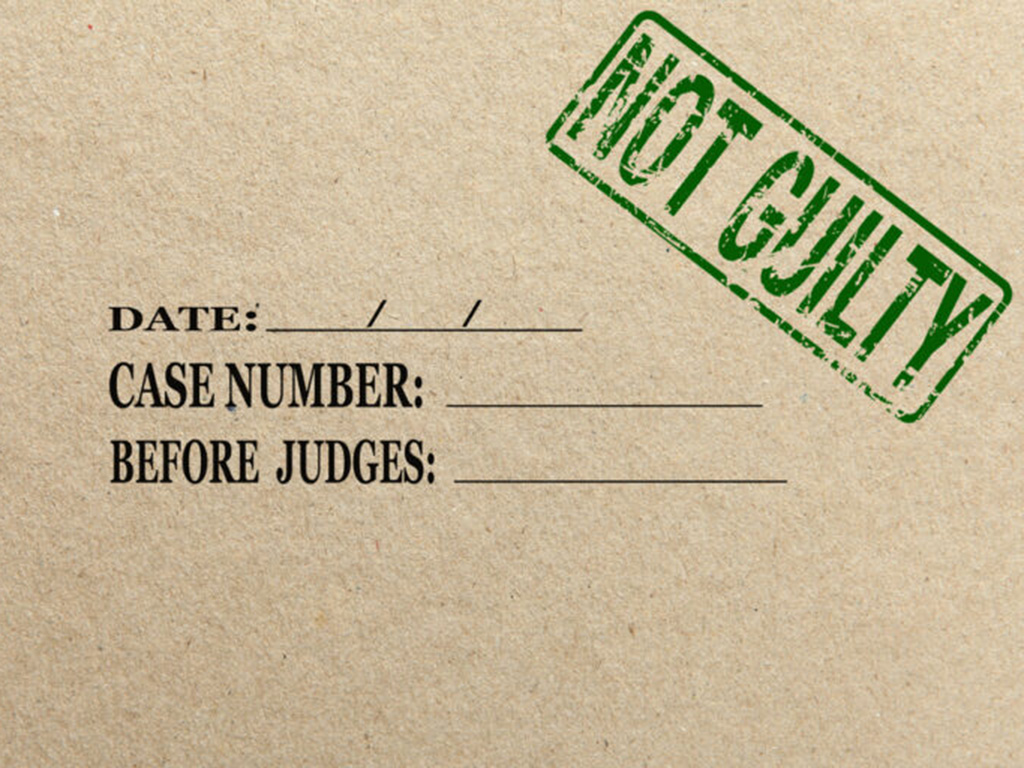Reasonable Doubt

The defendant was taken into custody on a warrant and transported to prison. After booking him, the officer returned to his vehicle and found a baggie of drugs sitting right in the middle of the backseat. The defendant was charged with possession.
At trial, the officer explained that he routinely searched his vehicle. He would do this before his shift started and after transporting somebody in the back. The defense attorney tried to poke holes in the story, but his testimony was remarkably consistent.
The officer was fastidious about checking his vehicle. The appearance of the drugs coincided with the defendant being in the vehicle.
Then, as the defense attorney was running out of questions, he threw out the question, “Was there anyone else in the backseat of the vehicle?” It was a Hail Mary.
Even when there are multiple arrests, officers tend not to transport more than one person at a time if they can help it. There was no reason to believe this.
The defense attorney and prosecutor were stunned when the answer was, “yes.” The defendant was with his girlfriend when he was taken in, and the officer graciously agreed to drive her to her apartment before taking her boyfriend to prison.
This wasn’t included in the report. The officer hadn’t even told the prosecutor. We felt a pause as this fact sunk in.
Since someone was also in the back, there was more than enough reasonable doubt. Proofs were concluded, and the prosecutor threw out a half-hearted closing.
The not-guilty verdict was a given. Because of this case, I learned to never assume a fact no matter how obvious it may seem.